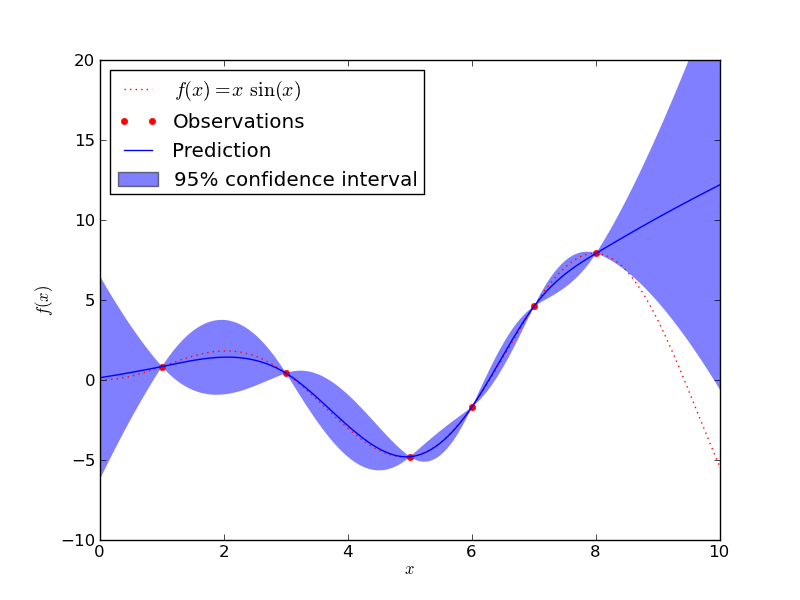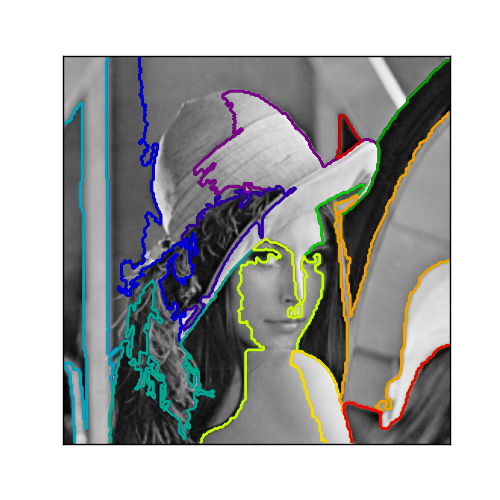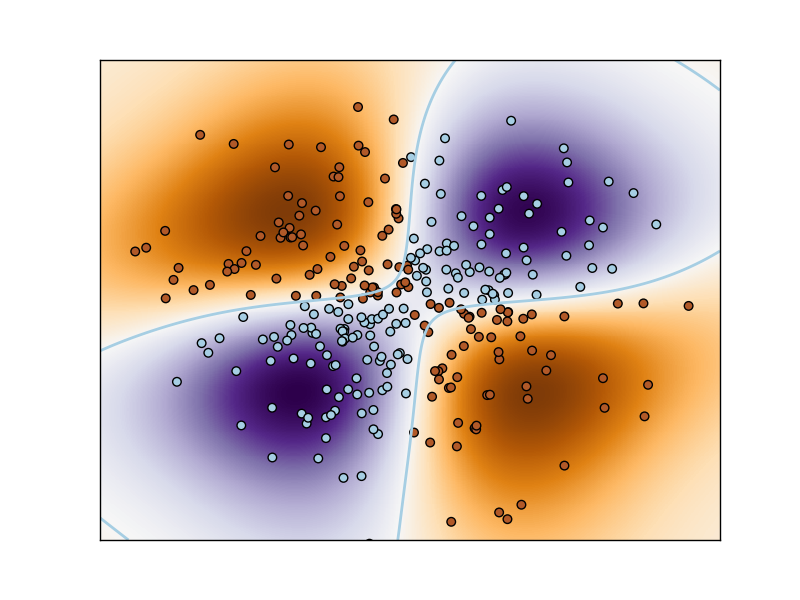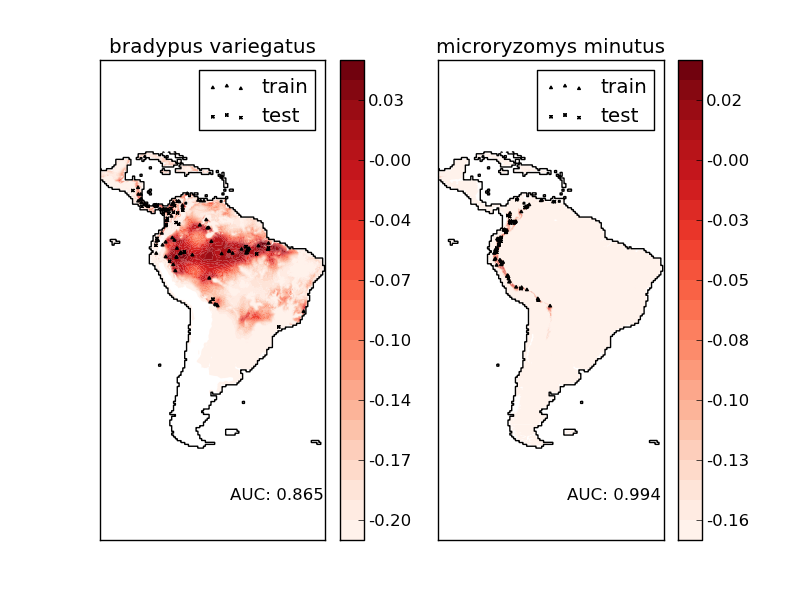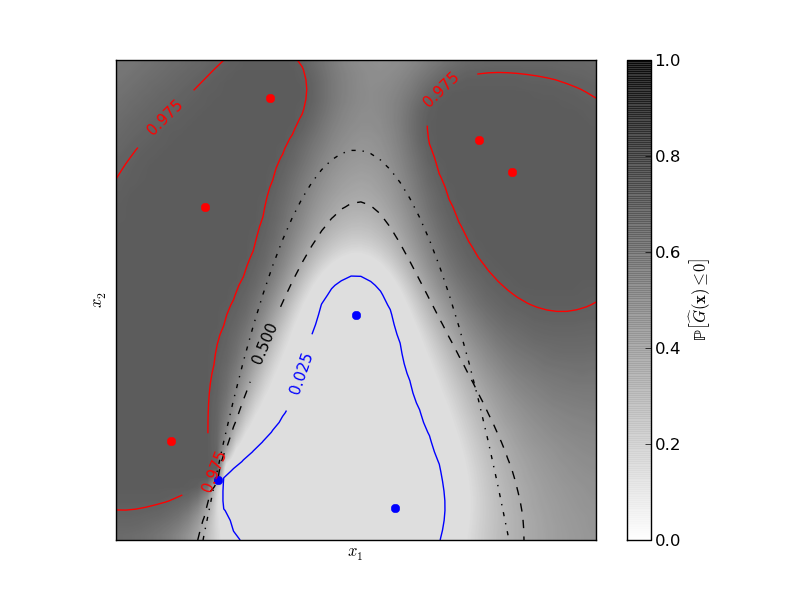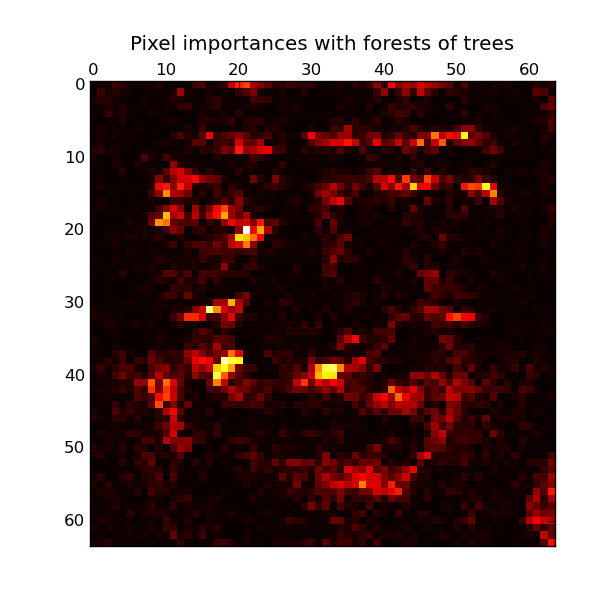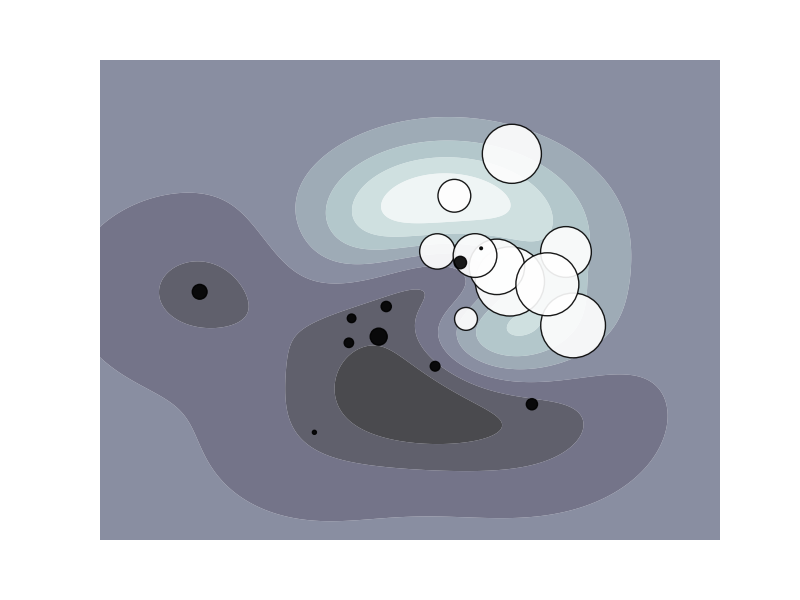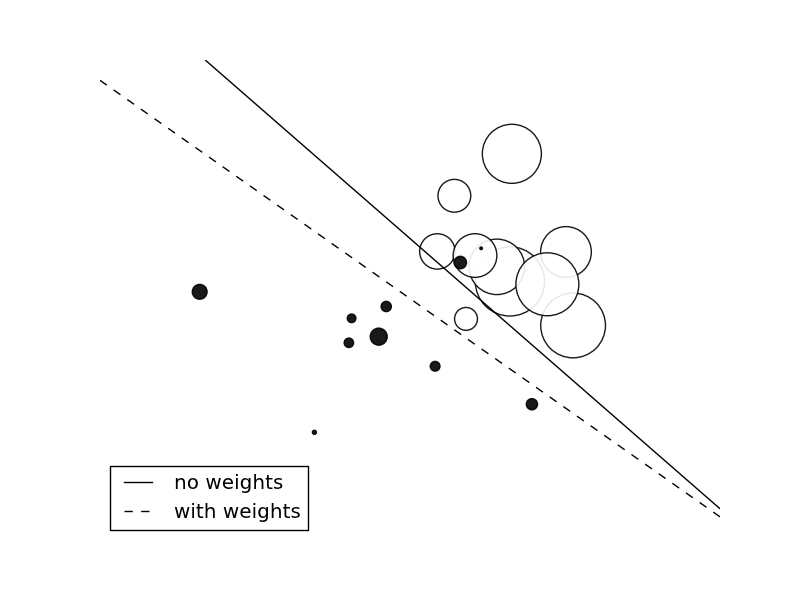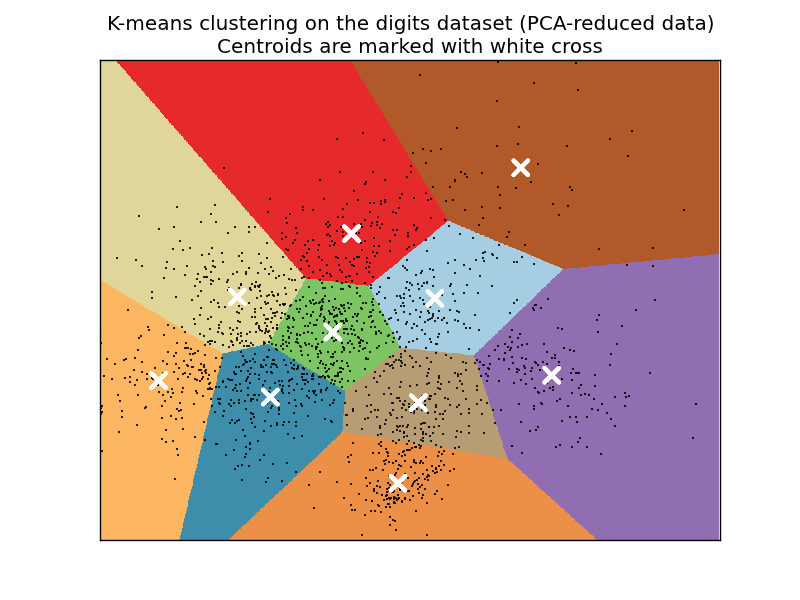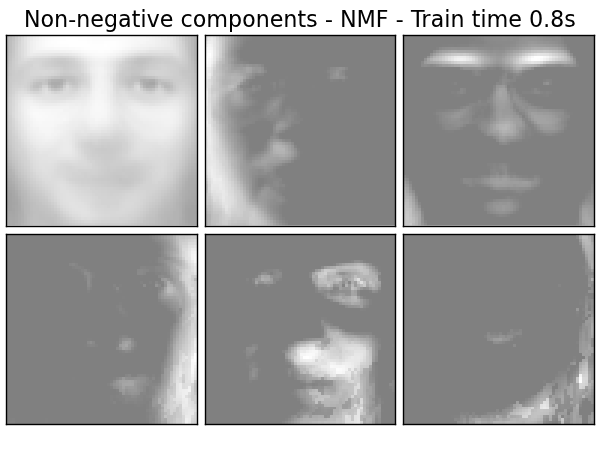scikit-learn: machine learning in Python
Easy-to-use and general-purpose machine learning in Python
scikit-learn is a Python module integrating classic machine learning algorithms in the tightly-knit scientific Python world (numpy, scipy, matplotlib). It aims to provide simple and efficient solutions to learning problems, accessible to everybody and reusable in various contexts: machine-learning as a versatile tool for science and engineering.
License: Open source, commercially usable: BSD license (3 clause)
Documentation for scikit-learn version 0.11-git. For other versions and printable format, see Documentation resources.
User Guide¶
- 1. Installing scikit-learn
- 2. Tutorials: From the bottom up with scikit-learn
- 3. Supervised learning
- 3.1. Generalized Linear Models
- 3.2. Support Vector Machines
- 3.3. Stochastic Gradient Descent
- 3.4. Nearest Neighbors
- 3.5. Gaussian Processes
- 3.6. Partial Least Squares
- 3.7. Naive Bayes
- 3.8. Decision Trees
- 3.9. Ensemble methods
- 3.10. Multiclass and multilabel algorithms
- 3.11. Feature selection
- 3.12. Semi-Supervised
- 3.13. Linear and Quadratic Discriminant Analysis
- 4. Unsupervised learning
- 5. Model Selection
- 6. Dataset transformations
- 7. Dataset loading utilities
- 7.1. General dataset API
- 7.2. Toy datasets
- 7.3. Sample images
- 7.4. Sample generators
- 7.5. Datasets in svmlight / libsvm format
- 7.6. The Olivetti faces dataset
- 7.7. The 20 newsgroups text dataset
- 7.8. Downloading datasets from the mldata.org repository
- 7.9. The Labeled Faces in the Wild face recognition dataset
- 8. Reference
- 8.1. sklearn.cluster: Clustering
- 8.2. sklearn.covariance: Covariance Estimators
- 8.3. sklearn.cross_validation: Cross Validation
- 8.4. sklearn.datasets: Datasets
- 8.5. sklearn.decomposition: Matrix Decomposition
- 8.6. sklearn.ensemble: Ensemble Methods
- 8.7. sklearn.feature_extraction: Feature Extraction
- 8.8. sklearn.feature_selection: Feature Selection
- 8.9. sklearn.gaussian_process: Gaussian Processes
- 8.10. sklearn.grid_search: Grid Search
- 8.11. sklearn.hmm: Hidden Markov Models
- 8.12. sklearn.kernel_approximation Kernel Approximation
- 8.13. sklearn.semi_supervised Semi-Supervised Learning
- 8.14. sklearn.lda: Linear Discriminant Analysis
- 8.15. sklearn.linear_model: Generalized Linear Models
- 8.16. sklearn.manifold: Manifold Learning
- 8.17. sklearn.metrics: Metrics
- 8.18. sklearn.mixture: Gaussian Mixture Models
- 8.19. sklearn.multiclass: Multiclass and multilabel classification
- 8.20. sklearn.naive_bayes: Naive Bayes
- 8.21. sklearn.neighbors: Nearest Neighbors
- 8.22. sklearn.pls: Partial Least Squares
- 8.23. sklearn.pipeline: Pipeline
- 8.24. sklearn.preprocessing: Preprocessing and Normalization
- 8.25. sklearn.qda: Quadratic Discriminant Analysis
- 8.26. sklearn.svm: Support Vector Machines
- 8.27. sklearn.tree: Decision Trees
- 8.28. sklearn.utils: Utilities
Example Gallery¶
- Examples
- General examples
- Examples based on real world datasets
- Clustering
- Covariance estimation
- Decomposition
- Ensemble methods
- Gaussian Process for Machine Learning
- Generalized Linear Models
- Manifold learning
- Gaussian Mixture Models
- Nearest Neighbors
- Semi Supervised Classification
- Support Vector Machines
- Decision Trees





